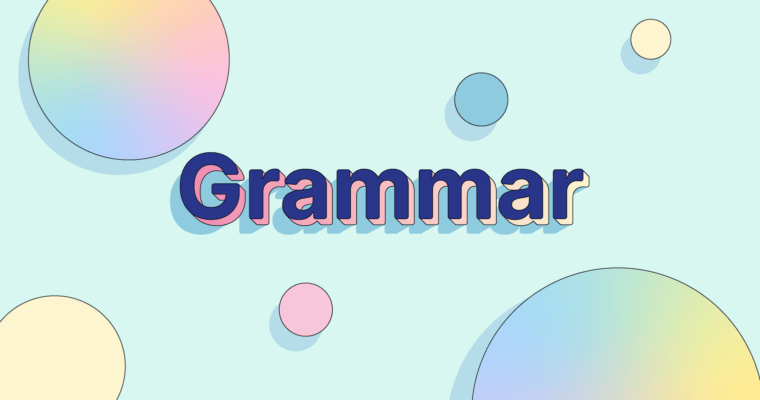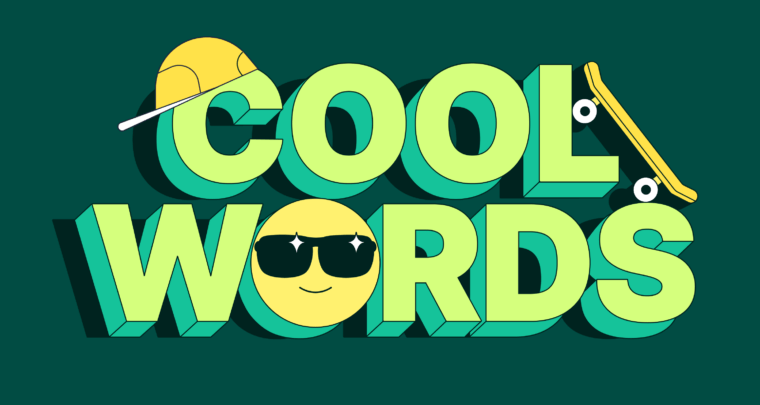
We’re sure you’ve heard of the expression “he said, she said”—meaning it’s one person’s word against another’s. It’s something you want to avoid, and we’re here to tell you the same goes for your writing. Finding other ways to say said diversifies your vocabulary and enhances your writing—and there are also times when using said may be unnecessary.
Here, we’ll explain what dialogue tags are, tell you when they’re necessary, provide you with examples of other ways to say said, and show you how to avoid using it altogether.
What is a dialogue tag?
A dialogue tag is a phrase that precedes, breaks up, or follows written dialogue that tells the reader who’s speaking. Dialogue tags can also be used to show how a character is speaking (i.e., their tone or mood), to whom they’re speaking, or how they’re feeling.
The most common dialogue tag is said, but repeating it can make your writing feel and sound tedious. Similarly, substitutes for said should be used only when it’s necessary to highlight a piece of dialogue or emphasize how the words were spoken. In short, dialogue tags should be used only when necessary and with moderation.
Here are a few examples of dialogue tags.
“Let’s go investigate that haunted house,” Freddie said.
The world-famous astrophysicist Carl Sagan once stated, “If you wish to make an apple pie from scratch, you must first invent the universe.”
“I don’t want to lose this game!” they shouted.
The queen looked at her royal advisors and proclaimed, “Do what must be done.”
As you can see, dialogue is set within quotation marks, but dialogue tags are not.
Are dialogue tags always necessary?
While dialogue tags are necessary to make it clear who’s speaking to whom, there are times when repeating them is not only difficult to read but also unnecessary.
For example, if there are only two characters in a scene, there’s no need to repeat the word said to show that one is speaking to the other—that’s obvious because they’re the only ones in the scene. Here’s an example:
“Where do you want to go for dinner?” Priya asked Jason.
“I’m craving burritos.”
“We had burritos yesterday.”
“You pick, then.”
The dialogue tag in the above example can even be cut out altogether if you make it clear that a conversation is about to happen between two characters.
As Priya’s stomach rumbled, she started thinking about what she and Jason should eat that night. “Where do you want to go for dinner? I’m craving burritos.”
Unless another character is introduced, there’s no need to place a dialogue tag in this conversation. You could use one to highlight how a character is speaking—for example, if one raises their voice during the exchange—but as we’ll explain in the next section, there are ways you can illustrate that without using a dialogue tag.
Using physical actions instead of said
While dialogue tags can be used to convey a character’s tone or mood, the same effect can be accomplished by describing physical actions. Here are two examples of the same scene, one using a dialogue tag and the other using physical actions to highlight the character’s mood.
Dialogue tag: “I’ve had it with these darn snakes on this darn plane,” said an angry Samuel.
Physical action: Samuel clenched his fist as he scowled. “I’ve had it with these darn snakes on this darn plane.”
There’s a writing rule of thumb that says, “Show, don’t tell.” In other words, instead of telling the reader that Samuel is angry, as we see in the first example, it’s better to show that he’s angry by providing details such as his fist clenching and his facial expression.
Employing the “show, don’t tell” strategy can help you avoid repeating dialogue tags throughout your writing and give the reader the same information in a much more captivating way.
You can also use this technique to avoid using other ways to say said. Let’s say you want to highlight the fact that a character is shouting.
Dialogue tag: “Enough!” Bella shouted at the room.
Physical action: “Enough!” The room shook with the force of Bella’s voice.
Once again, the second example is more illustrative of how Bella is speaking and provides more details about how her remarks were spoken. But remember that it must be clear that she’s the one speaking.
14 other ways to say said examples
Here, we’ll provide you with other ways to say said, along with some examples of how to use them in your writing.
1 “If you add all the flour at once, the dough will become too tough,” the chef explained.
2 “I don’t think we should be putting artificial turf on our football fields,” one of the residents commented.
3 “No, you said you were watching the kids,” Terri replied.
4 “If we give up another touchdown, this game is over,” Sufjan stated.
5 Before Alex was even done with his sentence, Courtney blurted, “What were you thinking?”
6 “Fine, we can have ten more minutes of recess,” the principal announced.
7 Zoya looked at Molly and remarked, “You look tired; maybe you should take a nap.”
8 Dad stood up at the table and declared, “It’s time to choose our annual family vacation.”
9 “Thank you so much,” they responded.
10 “The flooding damaged houses up and down the coast,” reported the journalist.
11 “There’s a goat standing on a cow!” exclaimed Molly.
12 “Don’t take another step,” repeated the elf.
13 That’s when Lucy mentioned, “We’re going in the wrong direction.”
14 “If we color with chalk on the sidewalk, we should do it after it rains,” noted Brian.
Other ways to say said FAQs
What is a dialogue tag?
A dialogue tag is a phrase that precedes, breaks up, or follows a written dialogue that tells the reader who’s speaking, but it can also be used to highlight how a character is speaking (i.e., their tone or mood), to whom they’re speaking, or how they’re feeling.
Are dialogue tags necessary?
There are many times when dialogue tags aren’t necessary—for instance, in a conversation between two characters.
What are other ways to say said?
Other ways to say said include explained, commented, stated, blurted, declared, remarked, proclaimed, and announced. You can also use physical actions to illustrate how a character is speaking or feeling in place of a dialogue tag.






